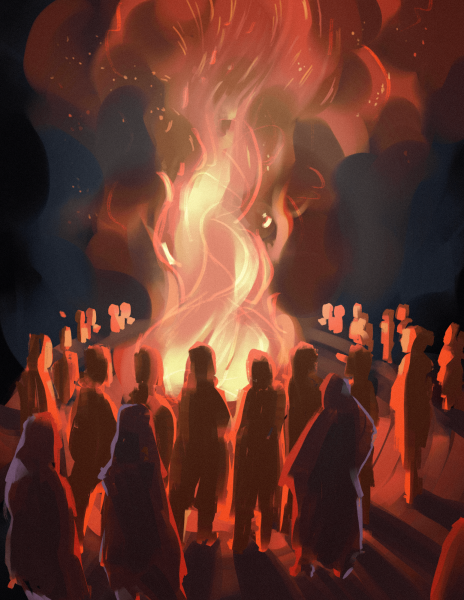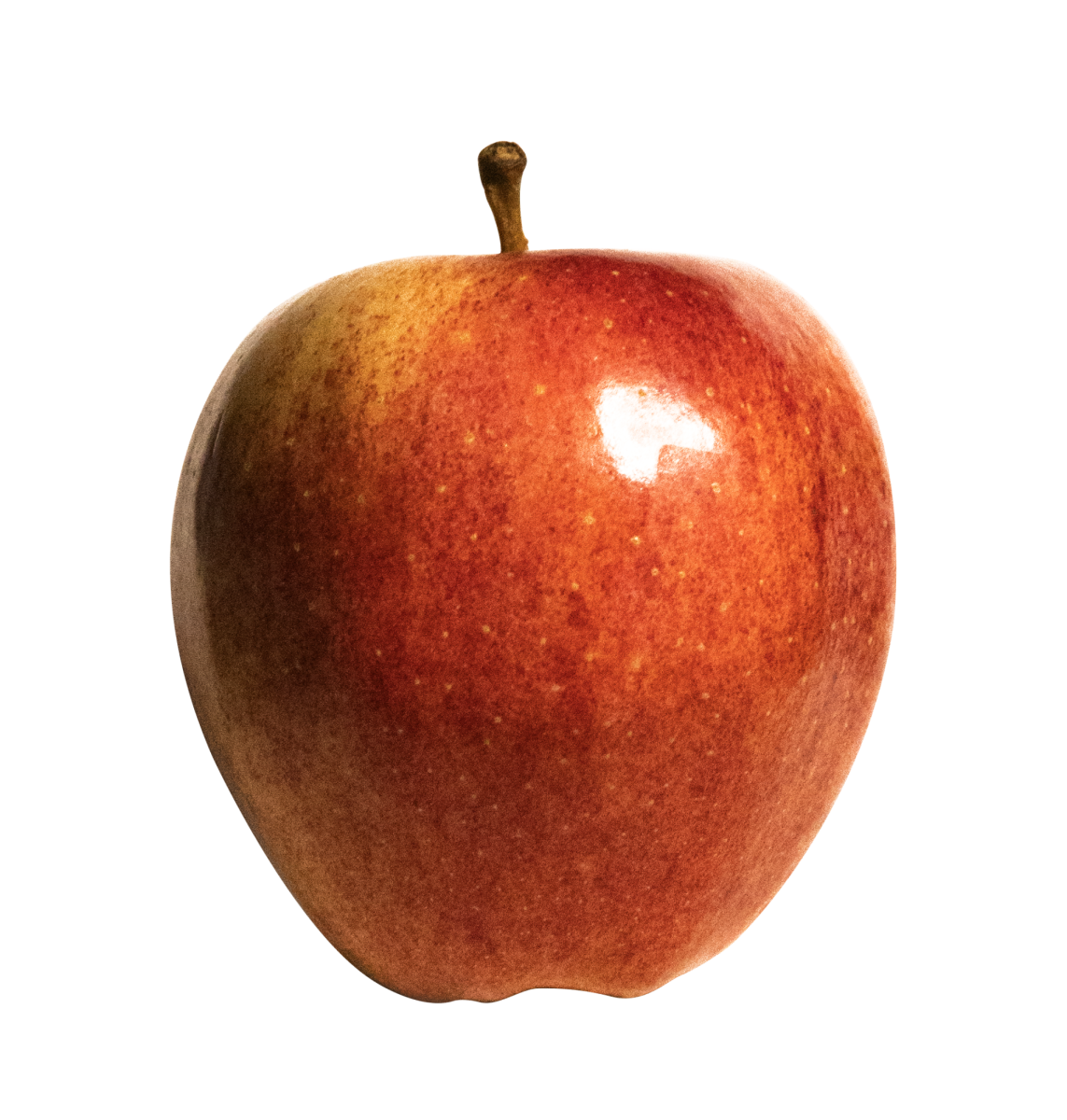The idea of composting might seem like a daunting one, particularly with student housing, lifestyles and busy schedules.
However, with the aid of Amanda Woodlee of the Oregon State University Extension Master Gardener program, here are some easy ways to build a compost bin.
“Composting is as simple or as complicated as you want it to be,” Woodlee wrote in an email. “You can be lazy and sloppy about it and still wind up with a decent product that is better off than it would have been in a landfill.”
The ideal size for a compost bin is one cubic yard. However, the process will work regardless of the size.
Woodlee recommended having three compost bins – one that is being added to, one that is full but not yet finished and one that is ready to use.
Additionally, Woodlee said to make sure that the location for its storage is allowed by local ordinances and safe, kept away from small children and pets. Rotting food and plant material can cause illness.
Woodlee recommends keeping a container handy in the kitchen for fruit or vegetable scraps.
The components of a compost bin are referred to as brown and green materials.
Green materials are the average cooking waste, such as food scraps. Brown materials are dry materials, such as eggshells and coffee filters.
However, be cautious about what goes into the pile, as many materials will add microplastics or pesticides, which are not desirable in any compost or the resulting fertilizer, Woodlee said.
The brown-green ratio of the compost bin is the key, ensuring that it decomposes properly and with minimal smell. The bin should cause only a slight earthy smell when done properly, but many compost bins have far too much green and not enough brown.
“I think of the C:N (referring to brown to green) ratio as a bowling lane,” Woodlee said. “On one side, you have too much carbon — which means lots of energy and not enough enzymes to do the work. On the other side you have too much nitrogen — which means lots of quick activity, followed by not much except something soupy and smelly. The trick is to stay in the middle.”
Additionally, she explained that the state of the pile can be assessed simply by looking at it. More carbon is needed if the pile is smelly and green, and more nitrogen is needed if the pile isn’t breaking down fast enough.
The significant needs of compost bins are space, water if they get dry and air. The decomposition of the pile will usually create enough heat by itself, unless it is outside in very cold temperatures.
In order to ensure these piles get and keep enough oxygen, Woodlee suggests using pieces of compost of varying shapes and sizes to create air pockets.
If a compost bin is managed, turned, checked and maintained properly, it can create fertilizer in as little as six to eight weeks, but it can also take up to six months.
While it can take some time to start, continuing the process will ensure that there is never a shortage of compost when it is needed for any gardening. Additionally, it may not be completely decomposed, which is normal and even a good sign.
“Part of its role in a garden is as a sort of time-release fertilizer,” Woodlee said.
When using this newly-made compost in a garden for the first time, be sure to create a three or four inch layer of it in a garden bed to give the new plants all the nutrients they need. For a pre-existing garden, a smaller layer of this compost should be added to the top of the bed once per year, according to the Ask Extension website.
Woodlee suggests anyone interested in composting and gardening visit the OSU Ask Extension’s website and search for more information on composting, gardening and using the newly-made compost.





















